Nutrients That Plant-Based Eaters Must be Mindful of (Part 1) – B12, D and Calcium + Calcium-Rich Creamy Amaranth Porridge
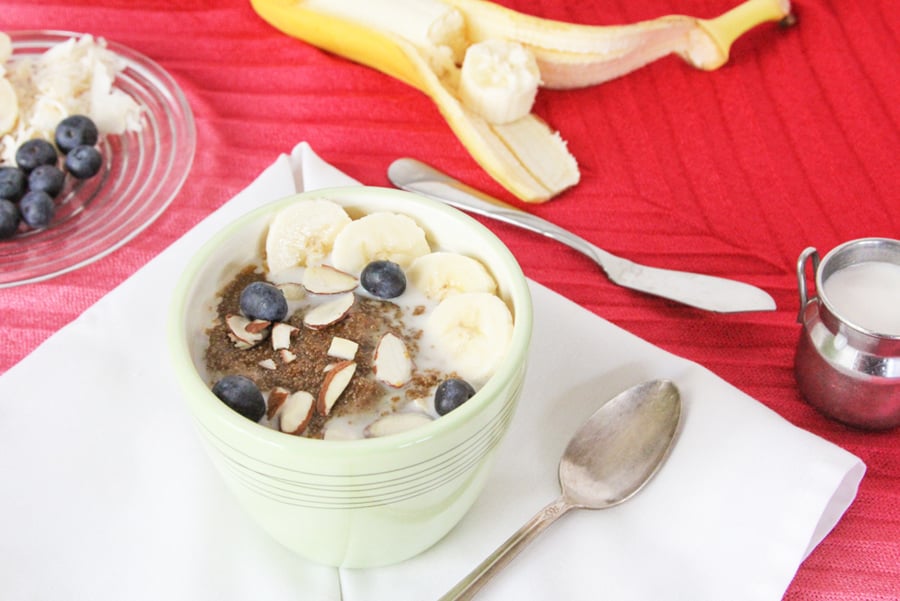
By Molly Patrick
Jan 24, 2017,
By Molly Patrick
Jan 24, 2017,
I was on an airplane recently, and I had my eye on a guy sitting one seat in front of me and one row to my right. It was 9 in the morning, and he was thoroughly enjoying a jumbo bag of Little Debbie mini chocolate donuts and the largest size Starbucks blended coffee drink available, piled high with whipped cream and chocolate syrup.
After he polished off the bag of donuts and was getting close to the end of his drink, he whipped out a huge Ziploc bag containing an assortment of vitamins in different sizes, colors, and shapes. He proceeded to wash down two handfuls of pills with the last of his “coffee.” I closed my eyes and thanked the universe because I could not have imagined a better metaphor for today’s Fuckery.
Here’s the deal apple peel. I’m not a registered dietitian or a doctor or anyone with letters behind their name. I don’t have an advanced degree, I haven’t written a book or been a guest on Dr. Oz.
I’m a chick who believes in swearing and loves helping people feel better, more energetic, and pumped about life by eating whole plant foods and less of everything else.
That’s my jam. I don’t take myself too seriously, and I’ll never judge you based on what or how you eat. I’m here to uplift, educate, support and encourage your plant eating journey – regardless of how many plants (or donuts) make up that journey at any given moment. Everyone’s food voyage is as beautifully unique as the person on that voyage.
So I might not be a doctor or a registered dietitian, but I have read enough books, seen enough talks, and chatted with enough people who do have letters behind their names to know the basics of what plant-based eaters need to keep in mind when it comes to nutrition and their health.
To start, eating donuts and a sugary drink for breakfast and trying to make up for it by taking a couple handfuls of vitamins isn’t where it’s at – whether you eat plant-based or not.
There’s a huge paradigm shift that occurs when you start eating more and more plants and less of everything else. Part of that shift is understanding that whole plant foods are packed with an abundance of protein, healthy fat, complex carbohydrates, vitamins, minerals, phytochemicals, antioxidants, and fiber just by virtue of growing from the ground and being plants.
Each plant has a unique chemical structure, so it’s important to eat a wide range of whole plant foods in order to get the full spectrum of nutrients that plants have to offer.
So going straight to the source and getting our nutrients directly from plant food is ideal, but in order to do that, we have to make sure that we’re truly eating a diet that’s nutritionally diverse and that we’re not eating the same 3 veggies and fruits day after day, week after week.
That’s one reason why I started offering meal plans. I know that if people follow my plans, they’ll never get stuck in a rut of eating the same thing over and over again and miss out on important nutrients. Every single week is different.
So incorporating a wide range of whole plant foods (vegetables, fruit, beans, legumes, whole grains, nuts and seeds) is the bus stop number one, but even if you’re diligent with this, there are still a couple of nutrients that fall short in plants that you must be aware of. There are also a few nutrients that you have to make sure you’re getting enough of by choosing the right plant foods and a combination of plant foods.
Being mindful and acting on these things will help you to succeed, flourish and blossom while eating a diet made up of delicious, health-promoting, and disease-preventing plant foods.
Today’s Fuckery is a two-parter.
Today I’m covering B12, Vitamin D, and calcium, and next week I’ll go over iron, omega-3 fatty acids, and iodine. Sound like a plan, my dear? Let’s do it!
Vitamin B12 for Plant-Based Eaters
People over 65 should take at least 1,000mcg every day because as we age, we don’t absorb B12 as efficiently (this goes for plant eaters and omnivores).
USA Recommended Daily Allowance (RDA):
The RDA for B12 is about 4 mcg a day. However, Dr. Greger’s recommendation is at least 2,500 mcg once per week or 250 mcg daily as a chewable, sublingual, or liquid supplement taken on an empty stomach. That’s quite a bit more than the RDA, but in order for the body to absorb 4mcg a day, we need to take a lot more than that, hence his higher recommendation.
Why it’s important:
Low intake of B12 can lead to anemia, damage to the nervous system, cognitive decline, and possibly even heart disease and stroke. It’s nothing to fuck around with. If you eat a plant-based diet, you need to supplement with B12 – this is non-negotiable, okay?
The best plant-based sources of B12
Chewable, sublingual, or liquid supplements containing B12 (recommended)
Fortified plant-based foods
- Vitamin B12 Notes
B12 isn’t made by animals or by plants. It’s produced by certain bacteria. Some of these bacteria line the guts of animals, which is why people who eat meat aren’t commonly deficient in B12. - Some foods are fortified with B12, like Red Star nutritional yeast, certain non-dairy milk and certain breakfast cereals, but because B12 is so important, I highly recommend taking a supplement and be done with it.
- It’s commonly thought that seaweed, organic produce, and fermented foods all contain B12. This is not correct, and these sources should not be relied on to meet your B12 needs.
- Humans produce small amounts of B12 in the large intestine, but it’s too far down from the stomach to be absorbed, so we can’t use the B12 that the bacteria in our intestines create. #bummer
- One of the first signs of B12 deficiency is numbness and tingling in the tips of the fingers, toes and/or nose. Other signs are fatigue, weakness, depression, difficulty with balance, memory loss, indigestion and a sore tongue.
- Don’t worry about taking too much B12 because you’ll pee out any excess.
- There are two types of B12 that you’ll find in supplement form, cyanocobalamin, and methylcobalamin. Cyanocobalamin is the most common synthetic form that the body has to break down and convert into methylcobalamin before it can be absorbed. Methylcobalamin is the pure form, but both types have been shown to increase B12 levels, and there are no studies suggest one is better than the other.
- Your B12 level can be tested with a regular lab workup, so ask your primary care person to test for it the next time you go to the doctor.
- Whatever you do, please take a B12 supplement, even if you think you don’t need to.
How I get my B12 on a plant-based diet:
Complement Plus is really good because it is designed specifically for plant-based eaters. It gives you what you need and nothing you don’t need. Save 15% by using the discount code CFDG. If you purchase from this link, we make a small commission.
Of course, there are many other supplements out there, so look around and choose whichever one looks best for you!
Vitamin D for Plant-Based Eaters
USA Recommended Daily Allowance (RDA):
600 IUs (international Units or 15mcg) is the RDA for vitamin D. However, Dr. Greger and other doctors and dietitians have a higher recommendation based on a shit load of scientific reviews on vitamin D. They recommend 1,000 – 2,000 IUs a day (25mcg – 50mcg).
Why it’s important:
Vitamin D is important for bone health, a healthy immune system, and brain health. Research also suggests that vitamin D may protect against different types of cancers. Vitamin D prevents rickets, and it helps the body absorb minerals like calcium.
The best plant-based sources of vitamin D
- The best source of vitamin D is sunshine. This is because vitamin D isn’t technically a vitamin. It’s a hormone that we synthesize when our skin is exposed to sunlight, hence the term the “sunshine vitamin.”
- A vitamin D supplement is also a reliable and safe source.
Vitamin D Notes:
- If you can go outside and hang out in the sun, with your arms and legs exposed (without sunscreen) for 10 – 30 minutes a few times a week (10 minutes if you have lighter skin, 30 minutes if you have darker skin), then you might be able to make all the D you need. However, if you live somewhere that doesn’t have a lot of sunshine if you’re susceptible to sunburn if you can’t get outside often if you live somewhere with lots of pollution, or if it’s winter, you’ll have a hard time making enough D from the sun. Taking a vitamin D supplement will help bring your levels up.
- You’ll find Vitamin D2 and vitamin D3 in the supplement aisle. Vitamin D2 is derived from plants (specifically fungi), and vitamin D3 is derived from animal sources (sheep’s wool) or plant sources, like lichen (a type of algae). Both are absorbed by the body equally well up to 4000 IUs (100 mcg). After that, D2 is less effective in larger doses. Dr. Greger recommends vitamin D3 over vitamin D2.
- D3 derived from lichen is vegan.
- There are vitamin D-fortified foods, like non-dairy milk, breakfast cereals, protein bars and mushrooms, exposed to UV light. Still, these foods aren’t recommended for getting your vitamin D needs met because they don’t contain enough vitamin D to get the job done.
- It’s not just plant munchers who need to ensure they’re getting enough vitamin D. Omnis need to be aware as well. This is because vitamin D isn’t abundant in plant-based foods or animal-based foods.
- When you get your B12 checked at your next doctor’s visit, ask them to check your D levels.
How I get my vitamin D:
I spend at least 10 minutes in the sun every day with my arms and legs exposed (with sunscreen on my face). It’s easy for me to do this because I live in Hawaii. There is D3 in the B12 multivitamin I take as well.
Calcium for Plant-Based Eaters
USA Recommended Daily Allowance (RDA):
1,000mg for adults up to 50 years old and 1,200mg for adults over 51. In the UK, the recommendation is 700mg a day, and Dr. Greger recommends 600mg a day via calcium-rich plant foods. His lower recommendation is likely because we absorb twice as much calcium from plant foods than we do from animal-based foods.
Why it’s important:
Calcium helps protect bone density and keep bones strong and healthy as we age.
The best plant-based sources of calcium
Veggies
Collard Greens: 1/2 cup cooked = 133mg
Turnip Greens: 1/2 cup cooked = 98mg
Bok Choy: 1/2 cup cooked = 79mg
Sweet Potato: 1/2 cup cooked = 45mg
Kale: 1/2 cup cooked = 47mg
Broccoli: 1/2 cup cooked = 31mg
Fruit
Orange: 2 = 120mg
Dried Figs: 5 = 150mg
Legumes and Beans
Edamame: 1 cup = 98mg
Navy Beans: 1/2 cup cooked = 63mg
Great Northern white beans: 1/2 cup cooked = 60mg
Black beans: 1/2 cup cooked = 51mg
Whole Grains
Amaranth: 1 cup cooked = 116mg
Nuts and Seeds and Nut and Seed Butter
Almonds: 1/4 cup = 60mg
Tahini: 2 tablespoons = 128mg
Minimally Processed Packaged Food
Tofu set with calcium: 1/2 cup / 434mg
Blackstrap molasses: 2 tablespoons = 300mg
Fortified soy milk: 8oz = 300mg (same as cow’s milk)
Calcium Notes
- Calcium from plants is absorbed twice as well as calcium from dairy products (about 30% of the calcium in dairy is absorbed, whereas 60% of the calcium in leafy greens is absorbed). There are plenty of calcium-rich plant foods; plant eaters just need to make sure they eat enough of these foods. Plus, when you get your calcium from plants, you avoid harmful hormones and casein, a milk protein that raises cancer-growing Insulin-like Growth Factor 1 (IGF-1) in the body. #hugebonus
- When drinking calcium-fortified non-dairy milk, shake the carton before you pour it because the calcium settles on the bottom.
- Weight-bearing exercise helps protect bone health, so do some of that a few times a week.
- Taking calcium supplements seems to increase the risk of cardiovascular disease because when you take calcium supplements, you get a spike of calcium in your blood that you don’t get with calcium-rich foods. This increases the risk of clots in the heart and brain.
- Women start losing bone density leading up to and during menopause.
- Some greens are high in calcium, but the body has a hard time absorbing the calcium from these greens because they’re high in oxalic acid, which binds to calcium, making it unavailable for absorption. These greens include spinach, beet greens, and swiss chard. So while these greens aren’t great for calcium, they are excellent for other things, so they shouldn’t be avoided.
- Vitamin D and vitamin K both help boost calcium absorption. See the vitamin D recommendations above. The RDA for vitamin K is 90mcg for women and 120mcg for men. Just 1/2 cup of cooked collard greens has 418 mcg, 1/2 cup cooked kale has 531mcg, 1/2 cup cooked spinach has 444mcg and 1/2 cup cooked broccoli has 110mcg. It’s super easy to get enough vitamin K as long as you’re eating green veggies.
How I get my calcium on a plant-based diet:
I make sure that I eat a variety of the calcium-rich foods listed above every single day. Lately, I’ve been buying calcium-fortified Edensoy soy milk and making my morning smoothie with half soy milk and half water.
I add cooked sweet potatoes to my smoothies and a few cups of greens, along with seeds, berries, and bananas. I also snack on dried figs and edamame, and I eat tahini on practically everything.
I don’t actively think about getting calcium every single time I eat because I know that I eat naturally rich in calcium as part of my daily eating routine. Eventually, it becomes a habit, and you won’t have to put as much thought into it.
I have a pair of 5-pound hand weights that I use when I go for a walk, and I also do yoga at least once a week. These activities don’t give me calcium, but they do help keep my bones dense, healthy, and strong.
Okay – that finishes up part one. I’ll meet you back here next week, same time, same place, where I’ll cover part two of the nutrients that plant-based eaters need to be mindful of. When was the last time you took your B12? Tell me in the comments below!
Today’s recipe is perfect if you’re sick of steel cut oats. Plus, it’s packed with calcium, so make it ASAP and enjoy!

Ingredients
- 1 cup amaranth 195g
- 2 cups water 475ml
- 1 cinnamon stick
- 1 teaspoon vanilla
- 1 tablespoon blackstrap Molasses
- ½ cup unsweetened preferably fortified with calcium, nondairy milk
Toppings
- Non-dairy milk
- Banana slices
- Chopped almonds
Instructions
Stove Top Directions
- Heat a skillet over medium – low heat for two minutes. Add the amaranth and toast for about 3 or 4 minutes, stirring frequently.
- Transfer the toasted amaranth to a medium-sized pot and add the water and the cinnamon stick. Bring to a boil, turn the heat to low and cover the pot with a lid.
- Simmer for about 25 minutes, stirring intermittently until the amaranth is thick like porridge. Turn off the heat and add the vanilla, molasses and non-dairy milk and stir until creamy and smooth.
- Serve with some additional non-dairy milk, banana slices and chopped almonds.
Instant Pot Directions
- Heat a skillet over medium – low heat for two minutes. Add the amaranth and toast for about 3 or 4 minutes, stirring frequently.
- Transfer the toasted amaranth to your Instant Pot (IP) and add the water and the cinnamon stick. Lock the lid into place, making sure the nozzle is in the sealing position. Using the manual mode, set the timer for 3 minutes and use the natural release method when the timer is up.
- When all the pressure is out of the IP, take off the lid and add the vanilla, molasses and non-dairy milk and stir until creamy and smooth.
- Serve with some additional non-dairy milk, banana slices and chopped almonds.
Notes
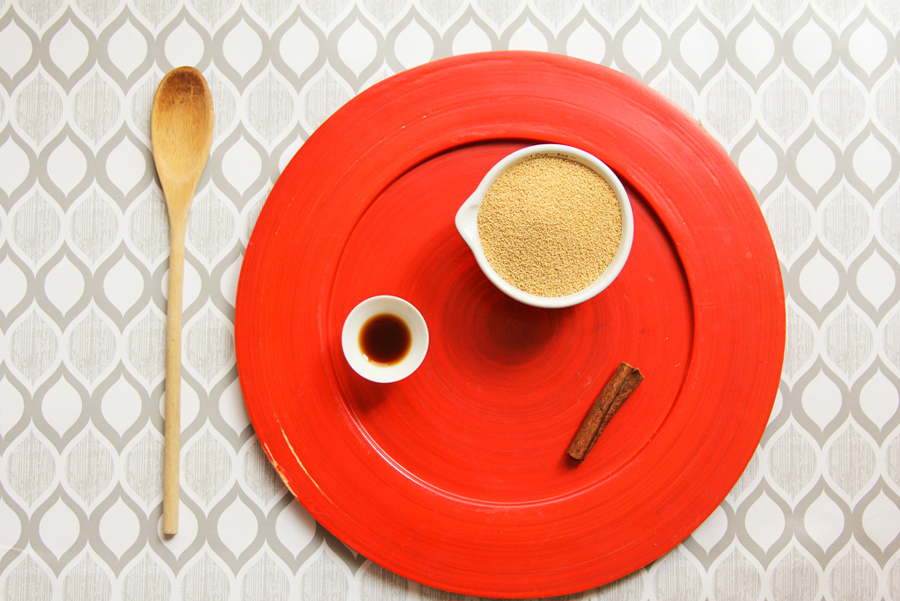
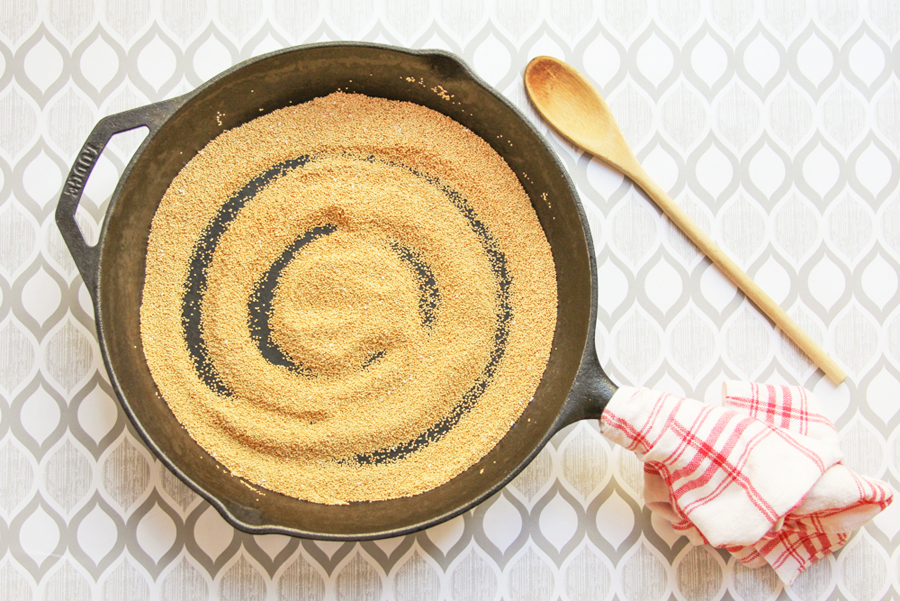
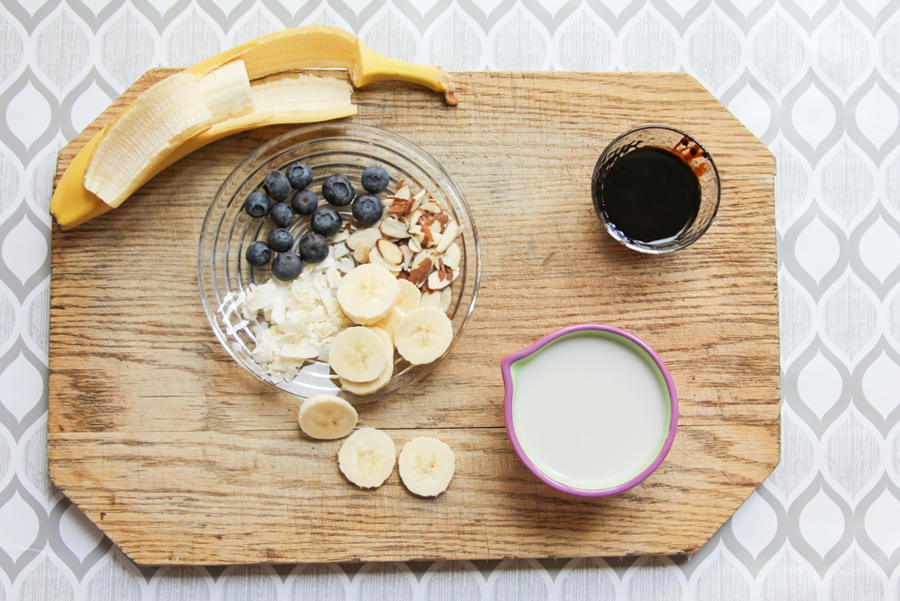


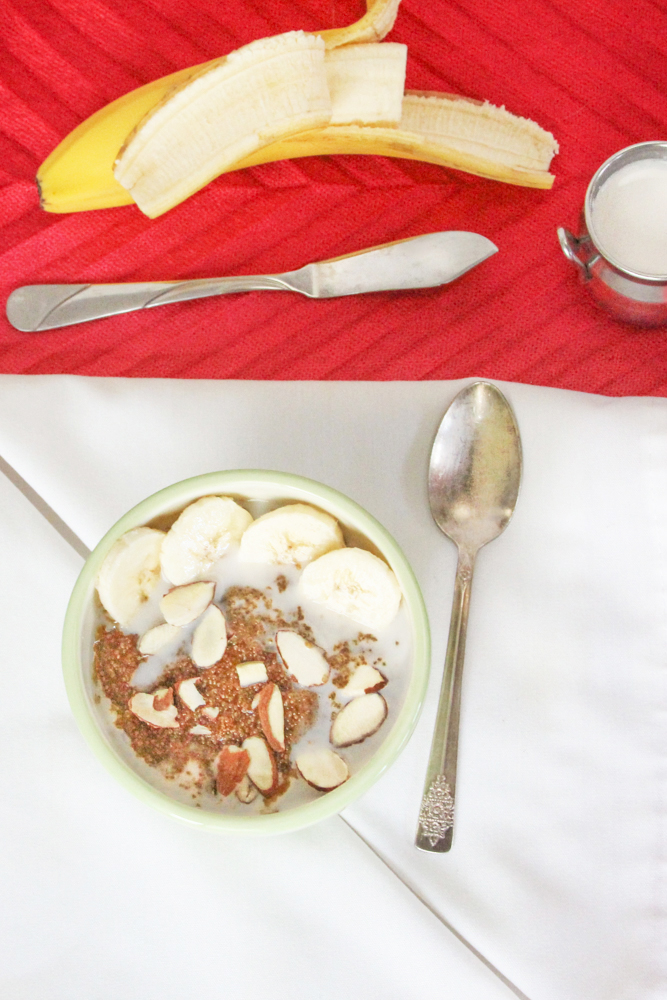
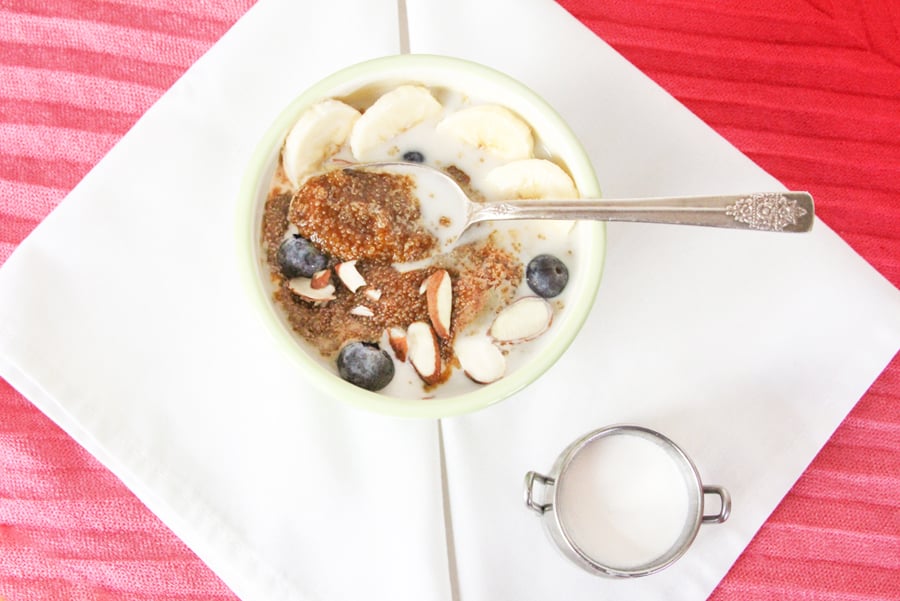
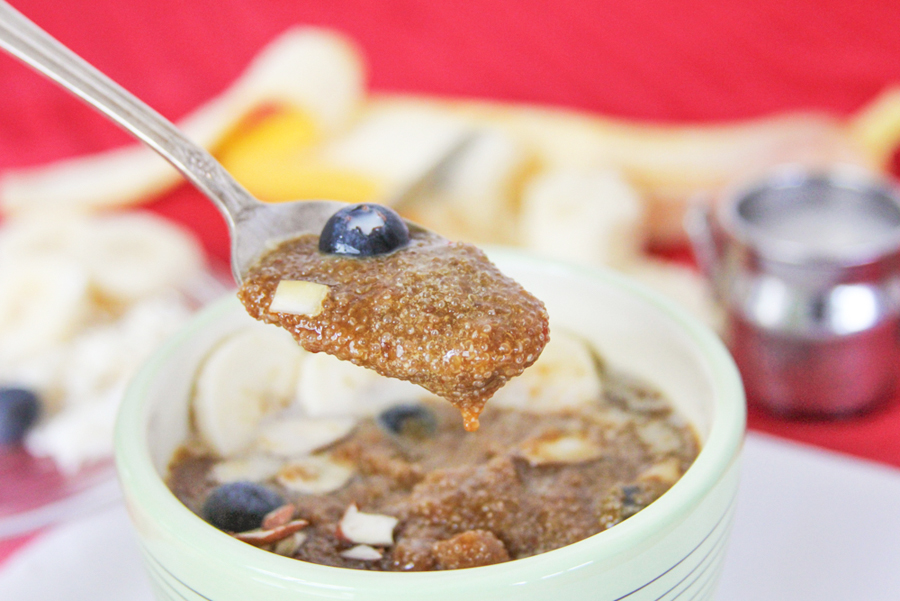


Wishing you a happy week. May it be filled with looking after your life vessel like it’s the most important thing in this world. Because it is.
Xo
Molly
References
Safest Source of B12
All about B12
Information on vitamin D
Benefits of vitamin D
Vitamin D2 vs. D3
Plant Vs. Cow Calcium
About IGF-1
IGF 1 – Animal Protein vs. Plant Protein
Risk of calcium supplements
Dr. Greger’s recommendations for optimal nutrition
xo
Molly
19 Comments
Leave a Comment
Love the food that loves you back
Get instant access to thousands of plant-based recipes and meal plans, no credit card or perfection required.


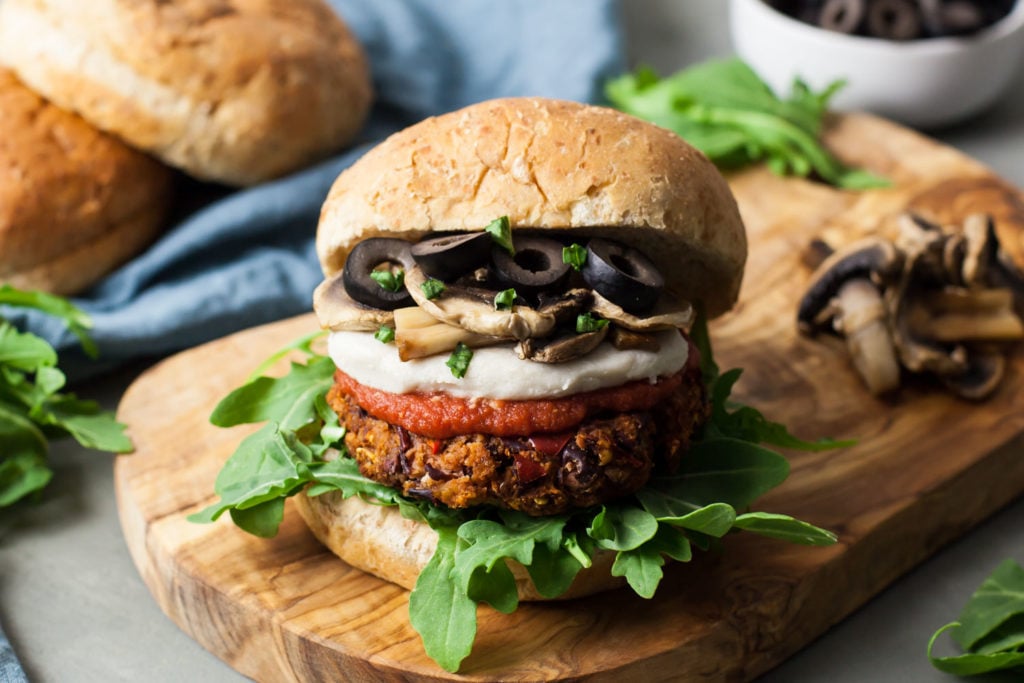



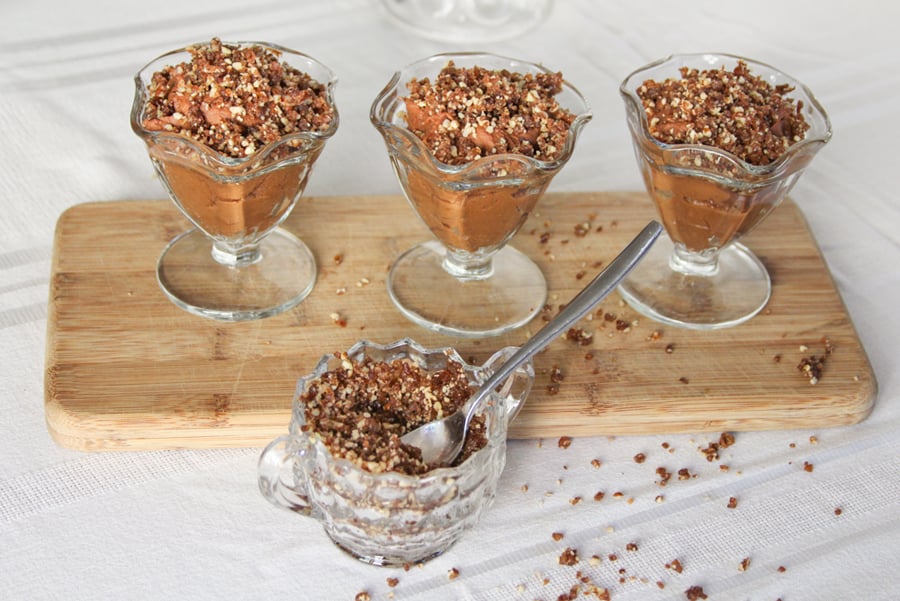

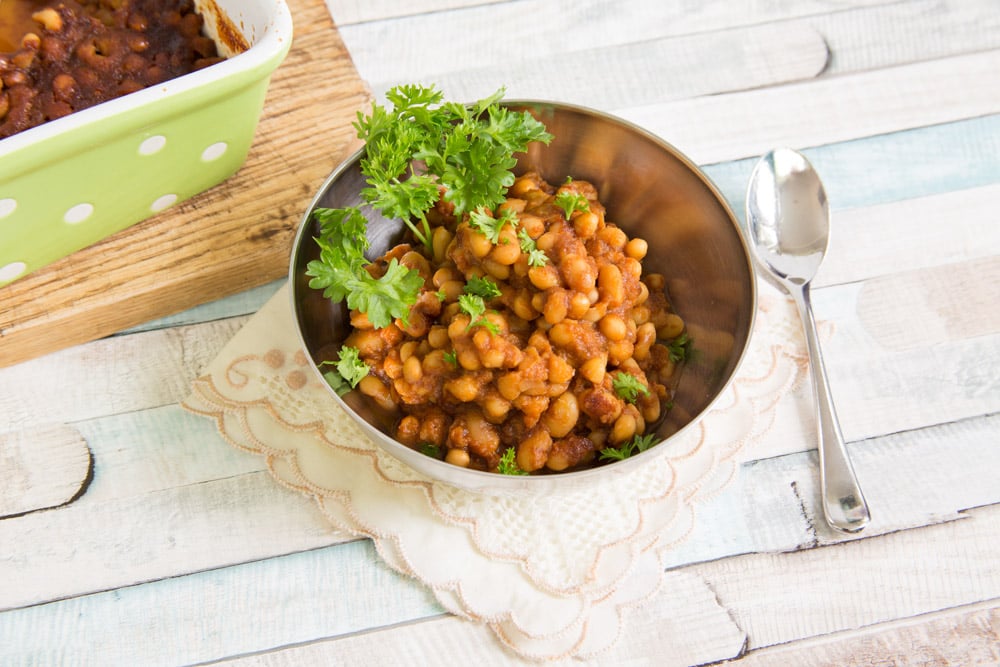




Hi Mollie, I’m a new reader to your blog and just gotta say that I love your sass and your fucking amazing attitude! Look forward to reading all the blog entries. A new fan from Canada!
Thank you for so much wonderful information! I have been on a plant-based journey for a year, it’s been a slow go, but we have been at least vegetarian for 1 year so that’s a good start! Just at the beginning of the year we are officially plant-based, vegans so this article was incredibly informative! I purchased my B-12 supplement before I finished reading!
Thank you!
Hi Mollie,
I’m a new newbie just started last week and only got two meals in but I gotta say both of them were pleasantly delish. Thank you
I talked to my psychiatrist about B12 and he recommended being mindful of the huge doses in B-complex and B12 vitamins because it can make people jittery. I haven’t noticed that personally, though.
I love this recipe by the way! I made it for my mom, who does not live by this lifestyle, and she loved it too! She had it with figs and peanut butter, and I had it with banana and tahini.
Is this recipe for only one?
HI Marcia, this recipe should be enough for at least two people. 😉
Meghann
Team Dirty Girl
Loving the message and the sassy attitude that goes along with. I think deep down we know what is right or not right to eat and when you feel it, it shows both inside and out. Thanks Molly for being the bright light that is shining the way . . . I’m a new fan as of today!
So glad you found us!
Hey Molly. Can you give us some great sources on where to find the best and cheapest D3 and B-12 supplements? Family of 5 (older teens) so we need cheap, cheap, cheap but safe, safe, safe! Thanks
Yvette
newbie
Hi Yvette,
Molly gets her B-12 and D3 from Complement Essential.
Karen
Team Dirty Girl
Where can I find the free meal plans? Ty
Hi Debi,
Go here and scroll down until you see “Hook me up with a free plan”.
Click on that and then follow the prompt!
xo
Molly
Hi! Thanks for all the information! Why is it that we absorb more calcium from plants than dairy? I have seen articles supporting both sides (dairy is better/ plants are better) and am feeling so confused!
Hi Jo – Hopefully I can help here with some information for you to make the relationship of absorbable calcium in plants versus milk clearer.
It’s documented in scientific literature that if you drink 1 glass of milk (about 8oz), there’s about 276mg of calcium in that glass of milk and your body will absorb around 89mg of the total calcium from that glass of milk. So, you’ve absorbed about 32% of the total calcium in that glass of milk.
Now, if you eat 1/2 cup of cooked kale (no salt), in that half-cup serving there will be around 47mg of available calcium and your body will absorb about 23mg of the calcium. That’s 49% of the calcium absorbed. Broccoli is in the 61% range (1/2 cup has 35mg and you’ll absorb around 22mg of it). Bok Choy is in the 54% range (1/2 cup has 79mg total and 43mg absorbable) and mustard greens closer to 40% (1/2 cup has 212mg total and 85mg absorbed).
I don’t know if we have an understanding of why calcium from these dark leafy greens is more absorbable as a percentage of total calcium available compared to milk; one paper suggested there may be other “calcium absorption enhancers” in plants that we don’t know of yet, but looking at percentages, we definitely absorb more as a percentage from plants (there are some exceptions) compared to dairy.
So, the comparison isn’t that you’re getting more milligrams of calcium from a small serving of low-oxalate dark leafy greens compared to a glass of milk. You will absorb more milligrams of calcium from the milk in that one glass compared to the 1/2 cup measurements of cooked greens. That being said, cow’s milk has other baggage with it that’s not so great. Calcium from non-dairy milk is as absorbable as dairy milk – just be sure to shake it up. AND, these measurements are for a measly 1/2 cup of cooked greens…as someone who eats plants day-in and day-out, it’s pretty easy to eat 1.5-2 cups of cooked greens, like Bok Choy, or Broccoli as a part of one meal and BAM, I’ve surpassed the milligrams of calcium I would have absorbed if I went with a glass of milk AND I got a lot of other good nutrients too.
~Karen
I would love to know: If you could create an ideal smoothie–or 2 or 3–to help get these nutrients in each day, what would the recipe(s) be?
Hi Kim – B12 and Vitamin D (unless you live at a latitude where you expose your skin to sunshine daily so you make your own) need to be supplemented in the plant based dietary pattern as they are not found in plant foods in appreciable amounts to meet your daily needs. The way to get these nutrients in a smoothie is to use a fortified non-dairy milk. Calcium is also often fortified in these milks as well. However, simply adding absorbable plant sources of calcium, like kale, collards or bok choy to your smoothies will work, too. Here’s a link to our smoothies on the blog to check out! ~Karen
Hello Molly! These posts are very helpful for me just starting out but wanting to ensure that I get enough of what I need. I looked for the MyKind Organics B-12 that you showed in the picture and saw that it has 500 mcg per serving. I can find this supplement locally and would like to purchase, how do you spread that out throughout the week if we are supposed to get 250 mcg per day or 2500 per week? Thanks!
I noticed an emphasis on “cooked vegetables” vs just “vegetables”. Does cooking them cause our bodies to absorb more of the vitamins or would eating them raw be just as effective?
Hey Maggie, Great question. There’s no single answer. It depends on the plant and nutrient (and anti-nutrients that may be present in the plant) as to which preparation will yield the most of which nutrient. In general, the more cell walls are broken down, the more absorbable the nutrients.
This article from Dr. Michael Greger of Nutritionfacts.org talks about some of the mechanical considerations of absorbing nutrients. Cell structures can be destroyed by chopping, chewing, blending, steaming, boiling, etc. Some methods are more effective at breaking down cell walls than others. Conversely, some nutrients are more likely to be destroyed in cooking, like Vitamin C or water-soluble nutrients that are lost in boiling water. At the same time, anti-nutrients can become more available in blended or juiced raw plants – such as oxalates – meaning these anti-nutrients can bind with more minerals to lower absorption (and/or increase the absorption of the anti-nutrient) whereas cooking decreases oxalates.
The bottom line is that it’s best to enjoy a wide variety of raw and cooked plant foods. ~Karen